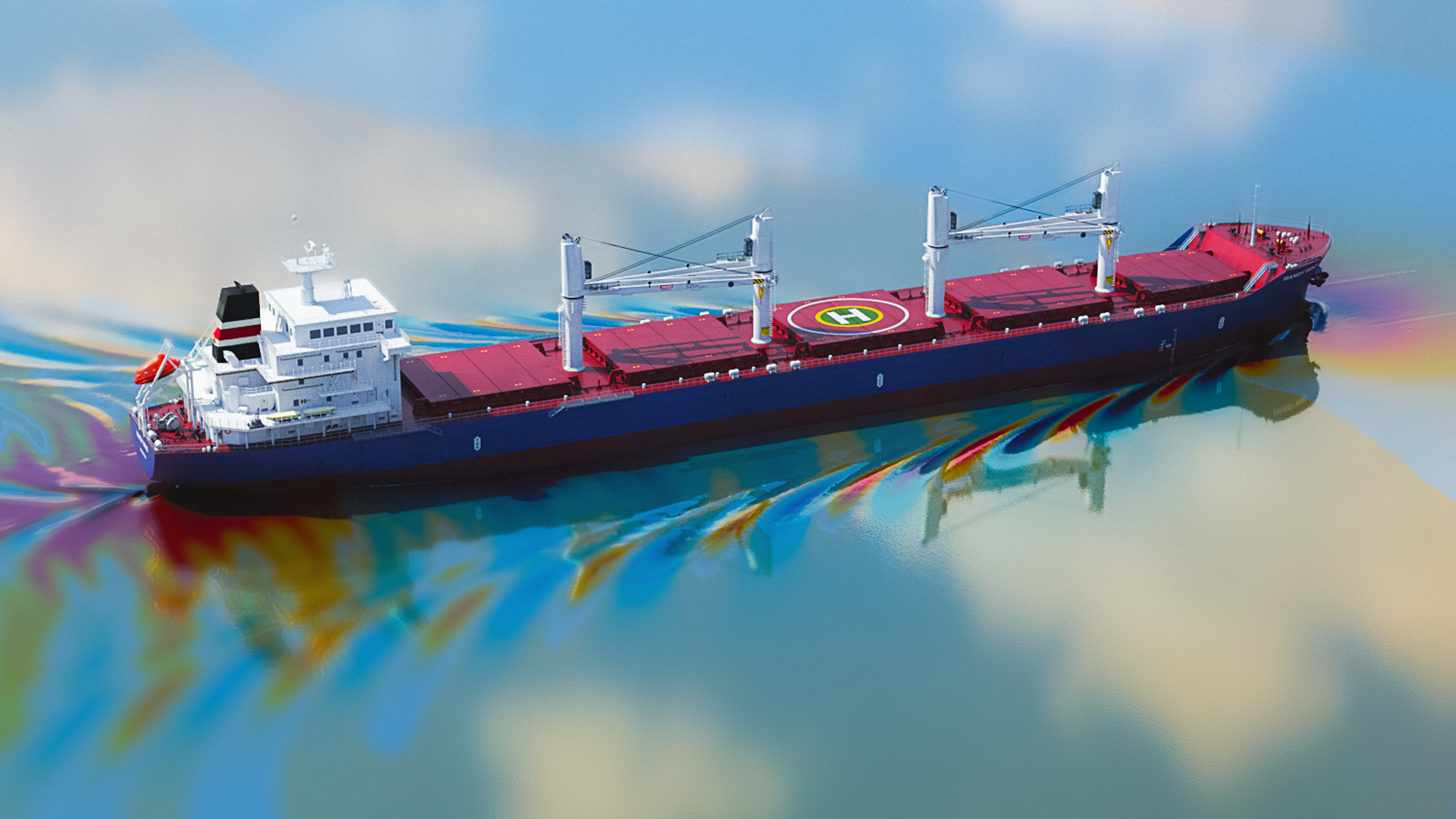Our portfolio of customers in the marine sector includes shipyards and naval engineering consultants dealing with hydrodynamic optimisation of ship hull forms and propulsion systems, as well as construction and civil engineering companies responsible for the design of costal and offshore structures. The main CFD tools employed for this type of applications are HELYX and HELYX-Marine. The HELYX-Marine add-on module has been developed by ENGYS in conjunction with Prof. Kevin Maki of the Department of Naval Architecture and Marine Engineering of the University of Michigan and has been validated across various hull forms. These include displacement, planing, mono and multi-hulls, and it has been applied to both industrial applications and research projects, including the globally recognized JoRes project for ship and model scale CFD validation.





